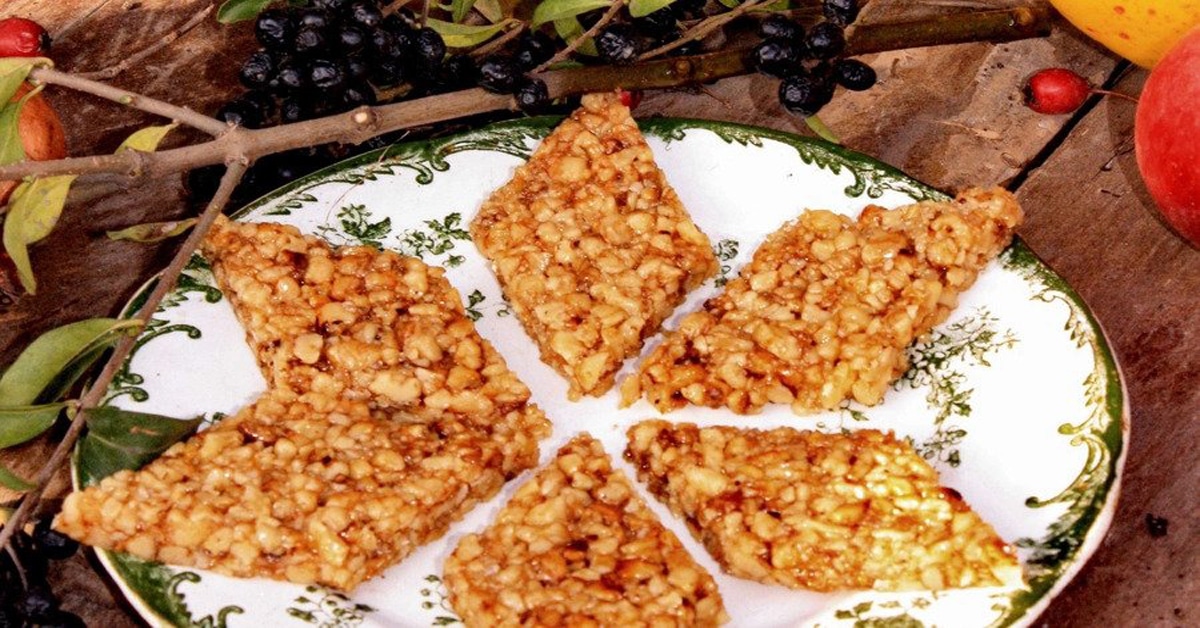Georgian Desserts – Culinary Journey Of Sweet Tastes
Georgia, a tiny nation on the eastern fringe of Europe, has a vibrant culinary culture that reflects its long history and heritage. Everyone’s favorite Khachapuri, Khinkali, and Mtsvadi come to mind while discussing Georgian cuisine.
You may sample plenty of honey-baked goodies, delectable pastries, and genuine nibbles as you travel around this delightful country. With this article, we will introduce you to the most well-known and delicious traditional Georgian desserts, so let’s start the sweet culinary journey.
Please leave a review or any memories of this snack in the comments at the bottom of this page. Thank you!
Names of Georgian Desserts
- Churchkhela
- Korkoti
- Gozinaki
- Kaklucha
- Chiri
- Tklapi
- Tatara/Pelamushi
- Paska
- Nazuki

Georgian Desserts Made With Honey & Walnut
1. Churchkhela
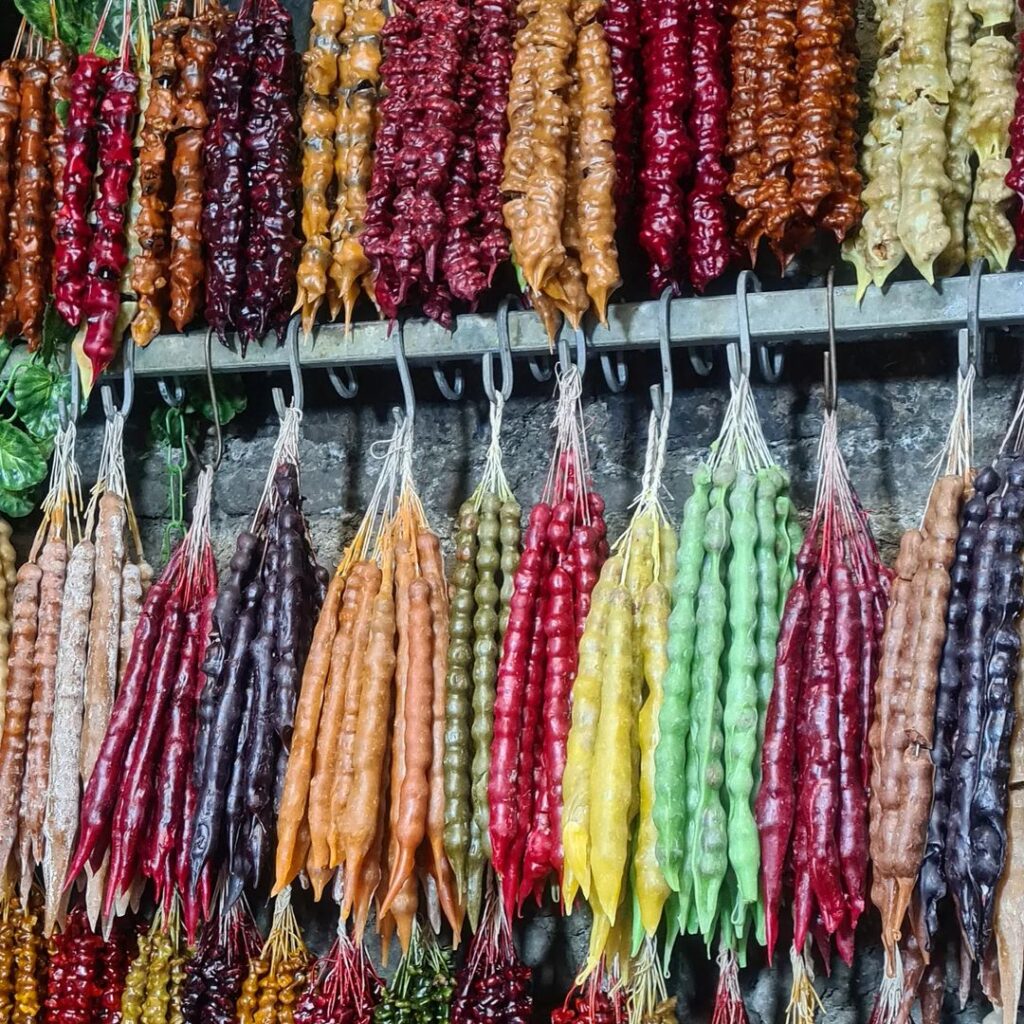
Given that Georgia is renowned as the birthplace of wine, it should come as no surprise that grapes and wine have long been the primary components of most traditional Georgian desserts. Churchkhela, a confection in the shape of a candle, is the first and most popular snack among all Georgians.
Churchkhela, a tasty, wholesome confection made from nuts and grape juice (Badagi), was a favorite treat for Georgian troops throughout previous conflicts. The portable, high-calorie churchkhela is the ideal energy booster for emergency circumstances since it can be kept for extended periods of time.
The area of Kakheti, where grapes are widely available, is where the sweet snack was invented. In the eastern part of Georgia, walnuts are the major ingredient, whereas hazelnuts are the main ingredient in the western Churchkhela. It is also referred to as “Janjukha” here.
Churchkhela was recognized as a component of Georgia’s intangible cultural heritage in 2015. It is frequently made in the fall months following the Rtveli grape harvest and is closely related to Georgia’s more than 8,000-year winemaking heritage.
2. Korkoti
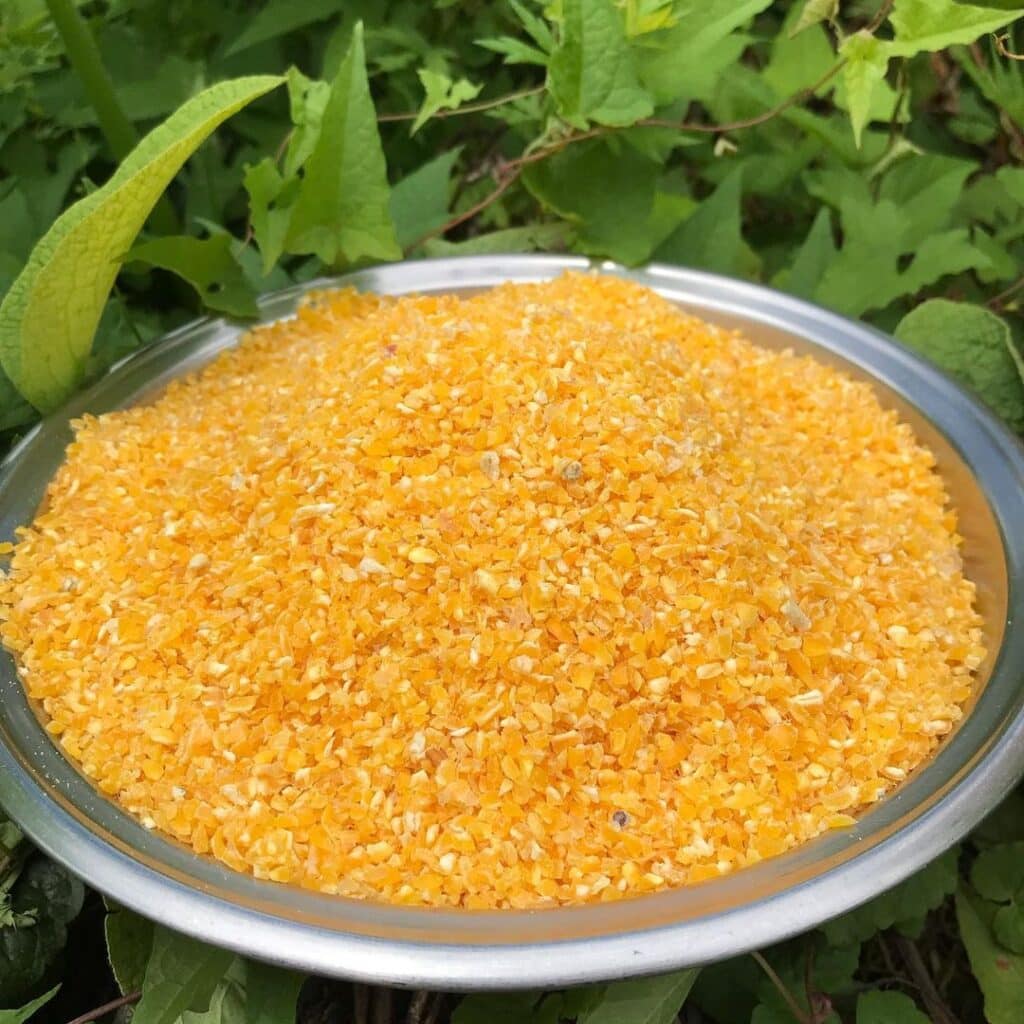
In some regions of Georgia, Korkoti is also referred to as Tsandili and Kolio. This meal that resembles porridge is mostly cooked in remembrance of the departed and has a spiritual meaning.
Making Korkoti is a common Easter tradition. Although there are many regional varieties of Korkoti, it is typically prepared using wheat grains, honey, and raisins.
The wheat grains must be steeped in water for at least six hours and ideally overnight before being used in this delectable dessert. The grains are drained, then put into a pot with water, covered, and cooked until tender. This process takes up to an hour.
The honey, sugar, and raisins are added after the wheat grains have softened. Walnuts are sometimes added to give it a more crispy texture. Korkoti is eaten with a spoon and served cold. In several eateries and cafés in larger cities, like Kutaisi, you may find Tsandili.
3. Gozinaki
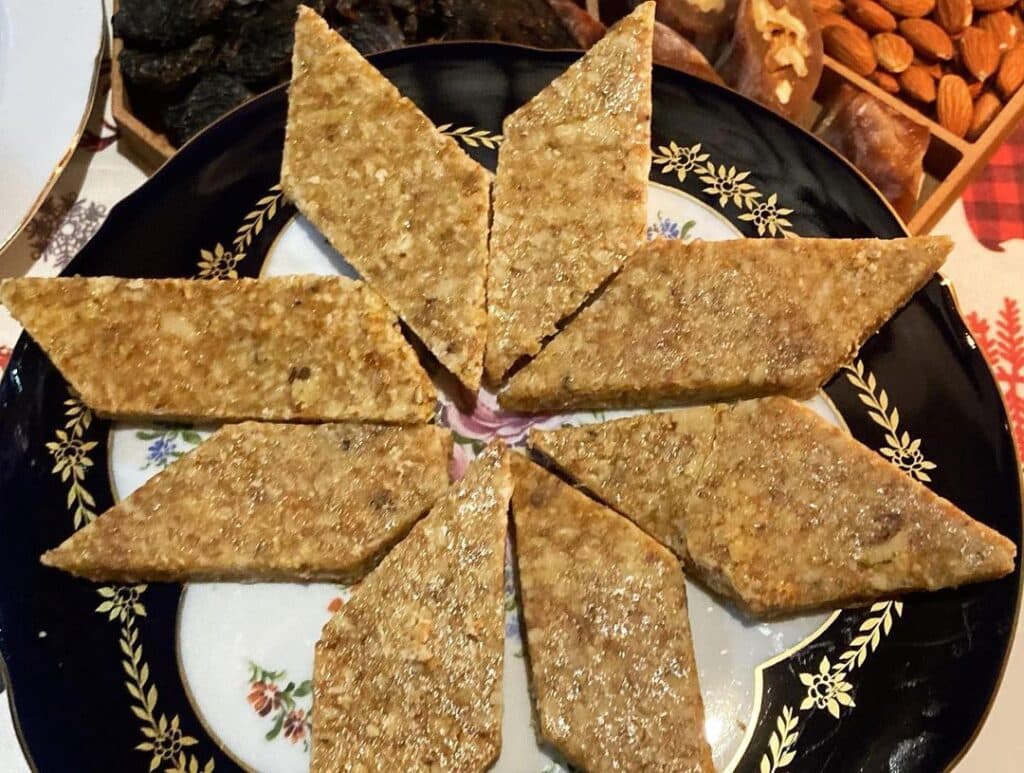
Have you noticed that honey and nuts are common ingredients in Georgian desserts? Why? In Georgia’s past, honey and walnuts were revered delicacies that were meant to be the centerpieces of joyous feasts. This explains why Gozinaki, Georgian desserts made with honey and nuts, are exclusively served on New Year’s or Christmas tables.
Gozinaki is a pricey delicacy made of caramelized nuts, including walnuts, almonds, and hazelnuts, that are toasted in honey and have a crispy texture. Gozinaki, which hails from the Guria area of western Georgia, is a crucial component of the celebrations. The best Gozinaki is produced with mountain honey. In order to get the ideal flavor, locals often use wildflower honey.
4. Kaklucha
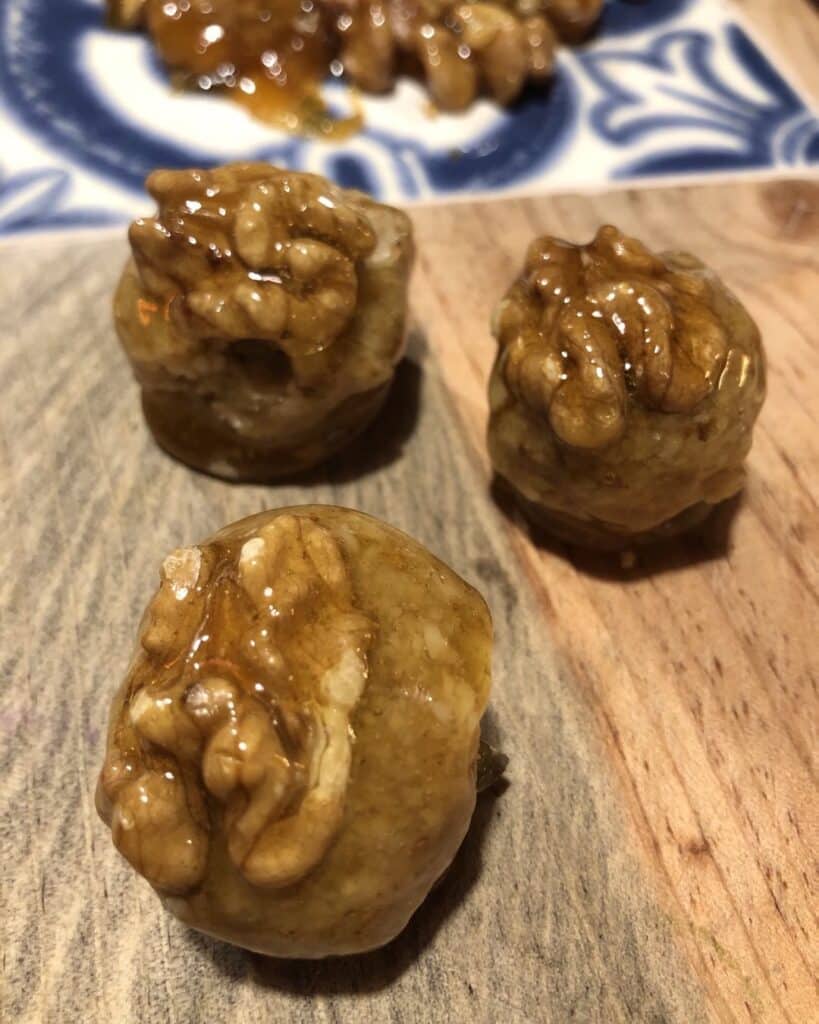
Churchkhela may be more well-known, but Kakluchas are unique Georgian desserts with an equally captivating past. Kaklucha, sometimes referred to as “Royal Candy” or “Orbeliani’s Candy,” was created in the 19th century by Mariam Orbeliani and her chef Pelagia. The poet Prince Vakhtang Orbeliani, a member of the illustrious House of Orbeliani, was the father of Mariam.
The delectable confection known as Kaklucha is prepared with caramelized sugar and walnuts. The flavors and textures are highly complex, even though the primary components are straightforward. Each tiny truffle-shaped sweet has a single crunchy walnut within and is shaped like a miniature candy apple with a hard crystallized shell and creamy inside filling.
Keep in mind that you might struggle if you’re looking for royal candies in Georgian restaurants because so few people know how to make them.
Fruity Georgian Desserts
5. Chiri
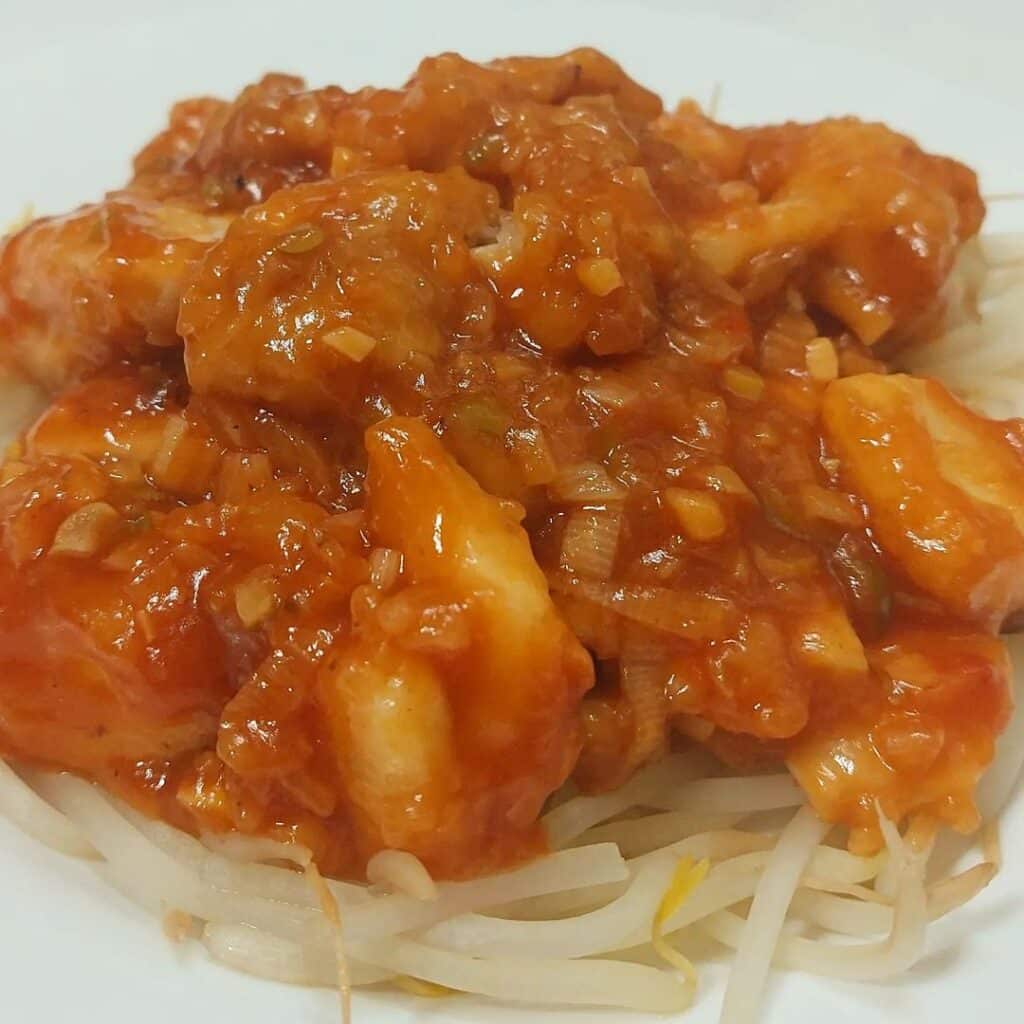
Chiri is the name for candied and dried fruit in Georgia. The Japanese delicacy Chiri is typically made with apricots, grapes, apples, figs, and plums. Chiri can also be made from other fruits, including kiwi, pears, and oranges. These dried fruits may occasionally even have additional flavorings like jam, sugar, or honey placed on top of them.
Every year during the harvest season, rural families prepare Chiri to consume during the winter. Georgian grandparents prepare it by hanging entire fruits from a rope to dry or by spreading chopped fruit out on trays to dry in the sun.
Persimmon, or khurma, is used to make one of the most well-liked varieties of Chiri. Whole fruits are strung on rope, often from the family home’s porch. They shrink and get darker as they dry.
If done correctly, the fruit’s skin crystallizes and becomes dusted with a powder that resembles sugar. Practices for Christmas and the New Year inextricably include persimmon chiri, which is traditionally prepared in the fall.
6. Tklapi
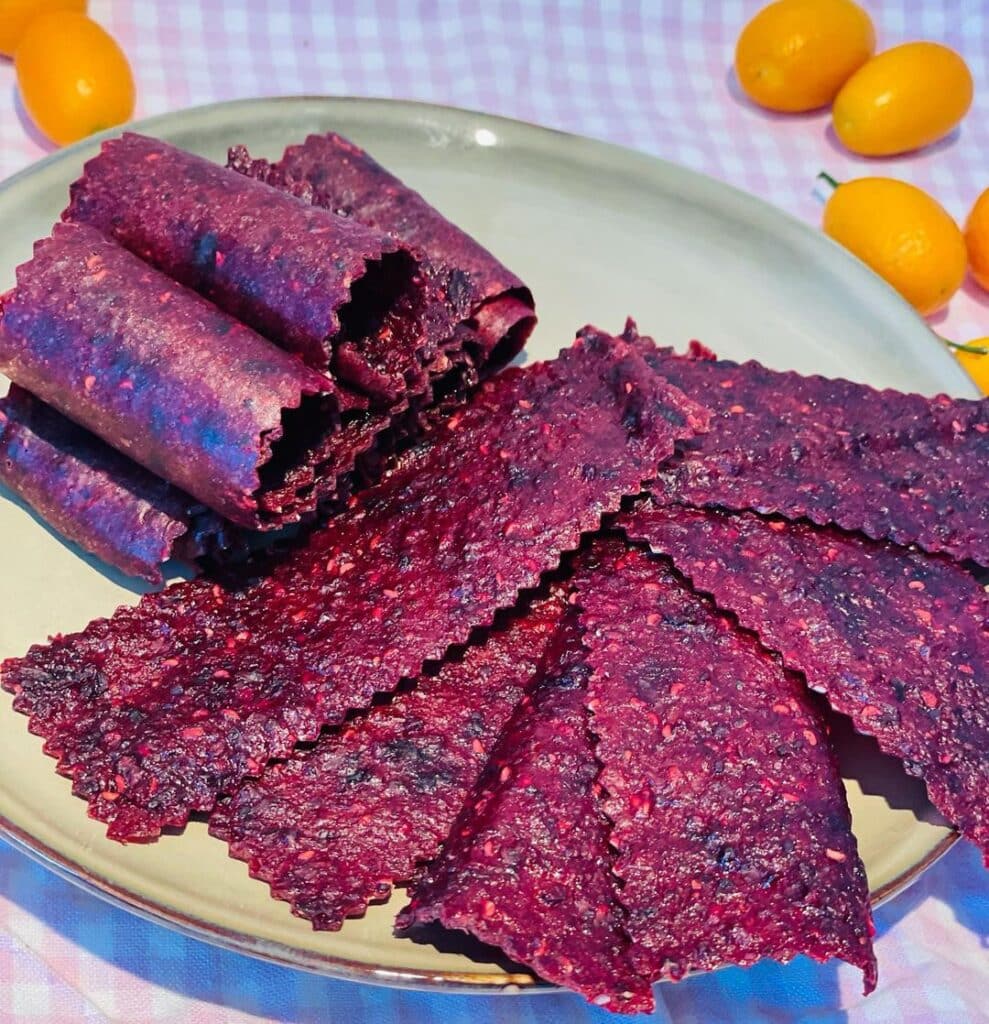
If you’ve ever visited Georgia, you may have noticed that every street market now sells a peculiar leather sweet. Tklapi is one of the most amazing Georgian desserts that you should taste.
Traditional Georgian rolled Tklapi is produced from fruit purée. It can be sweet or sour. The sweet Tklapi is produced from apricots or peaches, while the sour form is prepared from tkemali plums and frequently used in soups and stews, generally with Kharcho.
You may carry Tklapi with you everywhere you go. They are compact, lightweight, and invigorating Georgian desserts that soldiers brought with them throughout the conflict since they don’t need to be refrigerated.
7. Tatara/Pelamushi
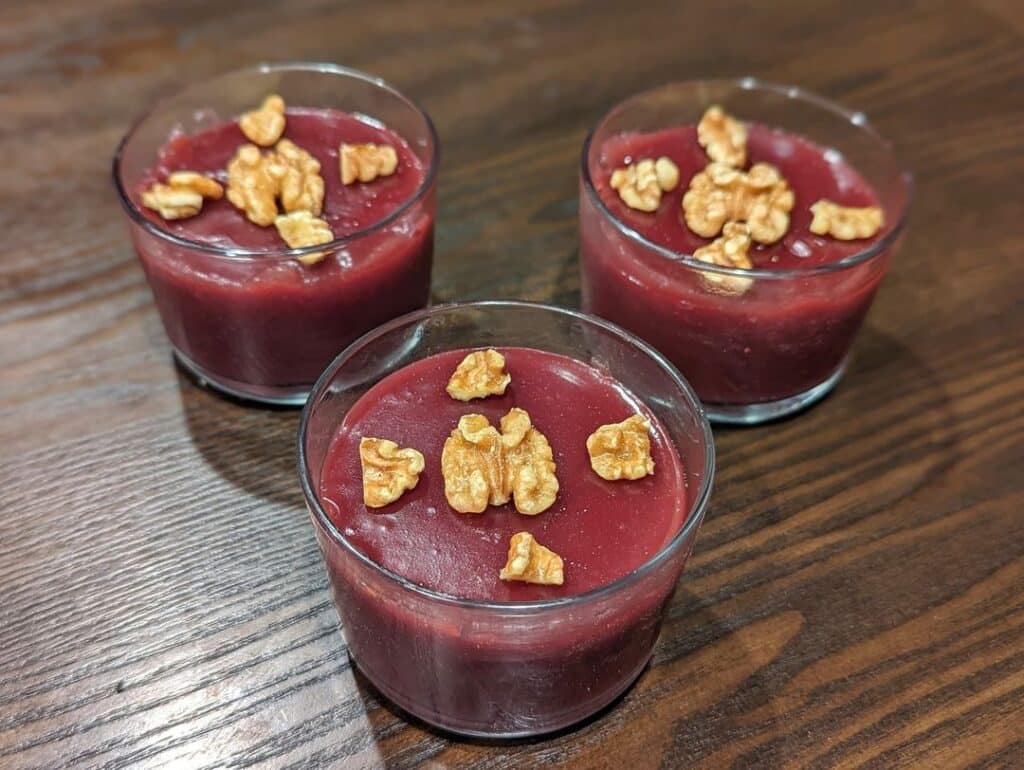
A pudding-like dessert called Pelamushi or Tatara is among the Georgian desserts locals from all regions of Georgia enjoy the most. It is created with wheat and grape juice. This traditional treat is referred to as “Pelamushi” in the western region of Georgia. Cornflour, a key component, is easily accessible in the country. The same dish is cooked using wheat flour and is known as “Tatara” in the eastern region of the nation.
In all instances, Badagi, a sweet organic juice derived from freshly squeezed grapes, serves as the foundation for Pelamushi or Tatara. The resulting pudding may be consumed warm or cold and has a velvety texture. They are both equally delicious.
The first step in making Pelamushi is to boil the Badagi in a pot. The flour is sifted and added after that. Over low heat, the mixture must be continually stirred. A small amount of sugar is added once it has thickened, and the thick liquid is then put into molds or a shallow basin to solidify. It becomes harder and more like jelly as the temperature drops.
The majority of Georgian restaurants, particularly those in the Tbilisi and Kakheti areas, include Pelamushi and Tatara on their menus.
Baked Georgian Desserts
8. Paska
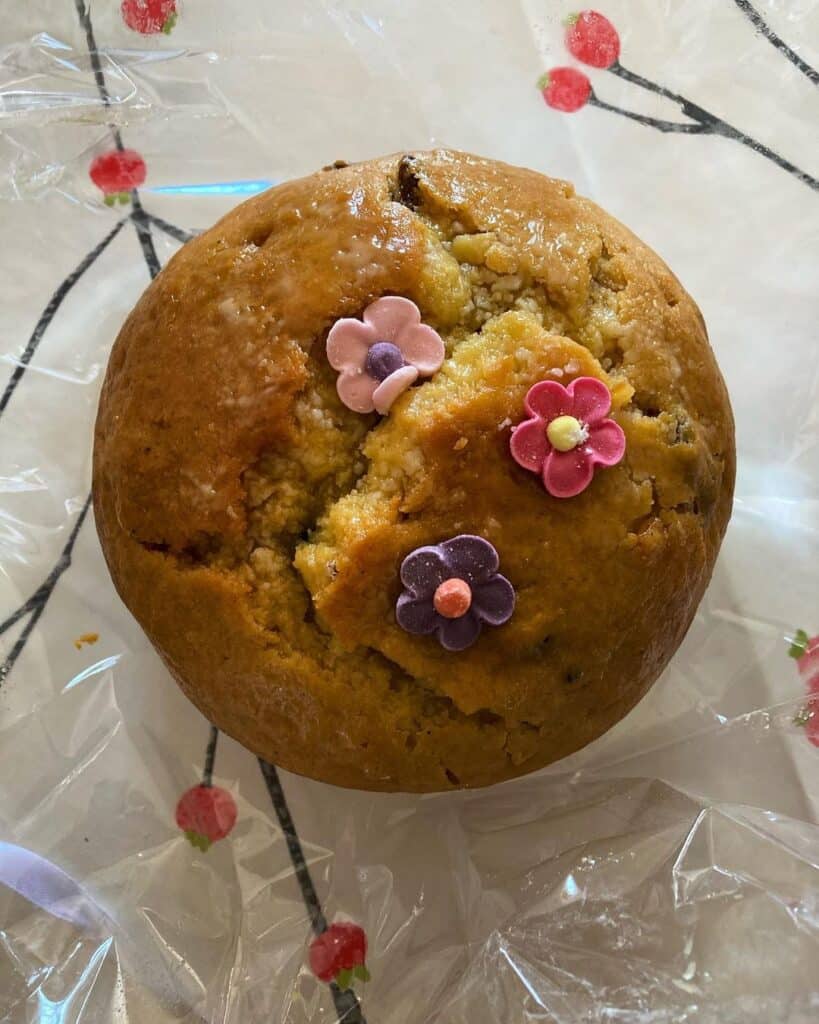
Paska stands proudly among traditional Georgian desserts. This unique sweet bread is made just for Easter. Just like the raisins, this bread has significance. According to church leaders, paska symbolizes Jesus Christ’s sweetness and his resurrection. Every country that practices Orthodoxy prepares paska for the Easter celebration, not only Georgia.
However, because each culture is distinct and reflected in its food, Georgian Paskas are distinctive and unusual. The essential concept of Georgian Paska remains the same throughout all variations: it’s a large, round, and fluffy cake.
According to the requirements of the family, Georgian Paska is available in various sizes and has a hilllike shape. On the days before Easter Sunday, mini Paskas are available at the grocery store, but bigger Paska cakes are frequently made at home and shared by the entire family.
Powdered sugar is sprinkled on the traditional variant of these Georgian desserts. Sprinkles are added to elaborate versions that are iced or frosted with chocolate. Some individuals want their paska to be light and fluffy, similar to brioche, while others choose a buttery, crumbly version that is more reminiscent of carrot cake in texture.
Paska variants can be found anywhere there are still remnants of the Byzantine Empire, notably in Iran, Ukraine, Romania, and Finland.
9. Nazuki
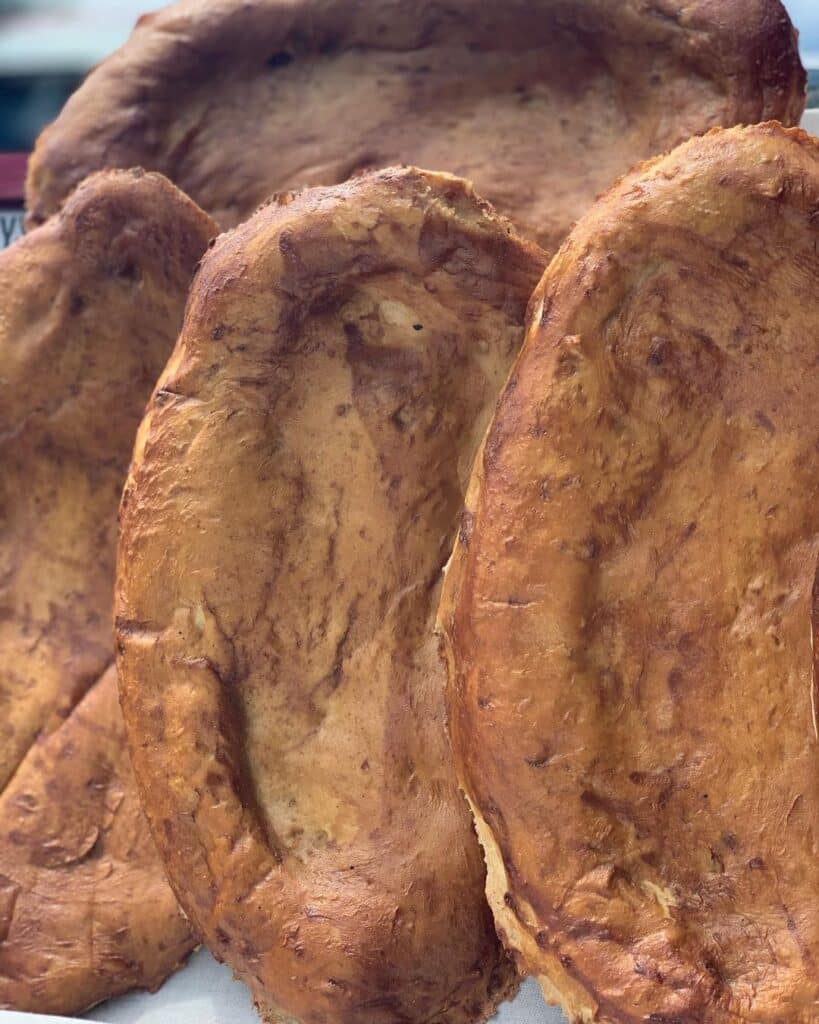
Another amazing treat from the list of Georgian desserts is Nazuki. Every time you cross Georgia from the east to the west, you have to stop on the way and purchase this well-known road trip treat. One little town in the Shida Kartli district named Surami is known for its Nazuki sweet bread.
It is there that hundreds of bakeries line the roadway and provide fresh loaves straight from their clay ovens. Nazuki is a type of Georgian bread similar to the traditional “Shotis puri”, but with raisins within and a sweet cinnamon glaze on top. In many ways, it resembles a large Hot Cross Bun.
Outside of Surami, it can be challenging to locate Nazuki, but a few bakeries in Tbilisi do sell it. When Nazuki is produced with flour from native Georgian wheat types like Tsiteli Doli, it has a distinct, earthy flavor.
Bottom Line
Desserts play a significant role in the state’s culinary tradition. Sharing desserts is traditionally thought of as a method to strengthen ties between members of the family, friends, and guests. On special occasions, candy is frequently distributed as a sign of youth and prosperity.
Every significant religious holiday is connected with a dessert, and several celebratory sweets are made in honor of various societal achievements.

Nato is a content writer and researcher with a background in psychology. She’s passionate about writing about the candy industry and exploring the cultural significance of sweets and treats. She believes that the stories behind our favorite snacks can reveal a great deal about our values.
Please leave a review or any memories of this snack in the comments below. Thank you!
Click here for a full A-Z list of Snacks and Candy
